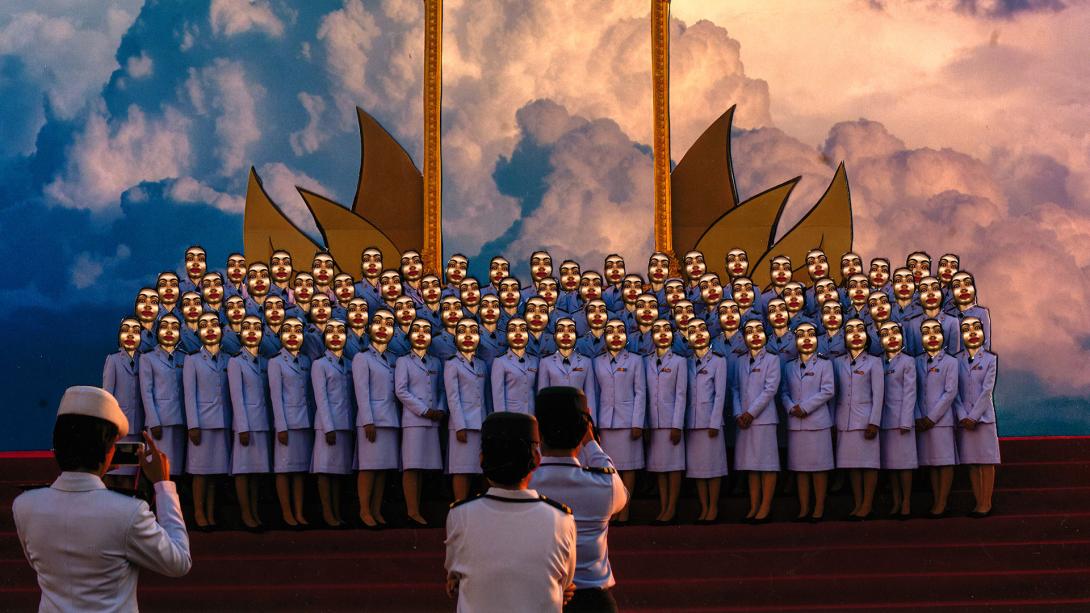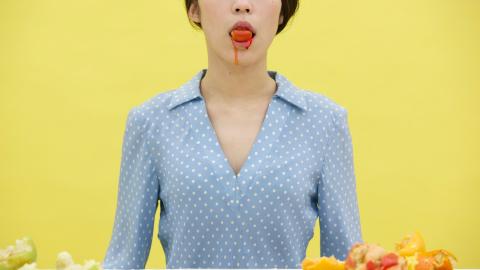Harit Srikhao
APT9
Born 1995 Pathumtani, Thailand
Lives and works in Bangkok, Thailand
Harit Srikhao brings a Thai perspective to photography as a culturally determined medium. His practice demonstrates the capacity of the photographic image to both carry historical authority and serve as propaganda, while also critically reflecting on the politics of the day. Blending fiction and reality, he aims to challenge the systems controlling the way people understand themselves, and their view of others and the world. Srikhao increasingly tests the role of truth, particularly in the narratives that a nation creates about itself when governance intersects with religion, monarchy and the military. His recent works underline the multifaceted social and cultural discourses which encircle photography in Thailand, making them more complex than the constructed photography of the late 1980s and early 1990s in the West, when photography was used as medium of expression while critiquing the mediated nature of the form.

Harit Srikhao / Thailand b.1995 / Heaven Gate, from the Whitewash series 2015–16 / Digital photograph / 64 x 100.3cm / © Harit Srikhao / Image courtesy: Gallery VER, Bangkok
This selection of images is from two photo series by Harit Srikhao that reflect on power structures in Thailand. ‘Whitewash’ 2015–16 is a dark depiction of his perception of the lack of public consciousness regarding the underhand behaviour of the Thai military and government. Figures are cast in dream-like scenes taken from life and manipulated to convey Srikhao’s memories of youthful, innocent seaside escapades, the collusion of people naively enjoying government-sanctioned events and royal celebrations, and uniformed groups participating in national ceremonies. The participants – young and old – resemble hypnotised followers of public rituals. Suggesting a mass blind adherence to the word of power, Srikhao’s images show complicit followers who he believes are unwillingly contravening their good intent and Buddhist principles.
Srikhao’s ‘Mt Meru’ 2017 series plays with representations of religious, mythological and cultural figures. Mt Meru is the centre of Buddhist cosmology and the physical, spiritual and metaphysical universes, and the monarch is its symbolic representative on earth. After Thailand’s King Mongkut broke the taboo surrounding public representations of the monarchy in the mid-nineteenth century by allowing himself to be photographed, portrait photography became a means of showing respect and gaining religious merit in Buddhism. More recently, military and business leaders have adopted the use of photographic portraits as icons to reinforce their position in Thai society. The figures in the ‘Mt Meru’ series act out scenarios of the excessive worship and power accorded to royalty, church, patrons and beauty in Thailand, conveying a pervasive sense of lust, cronyism and an absence of morality.
